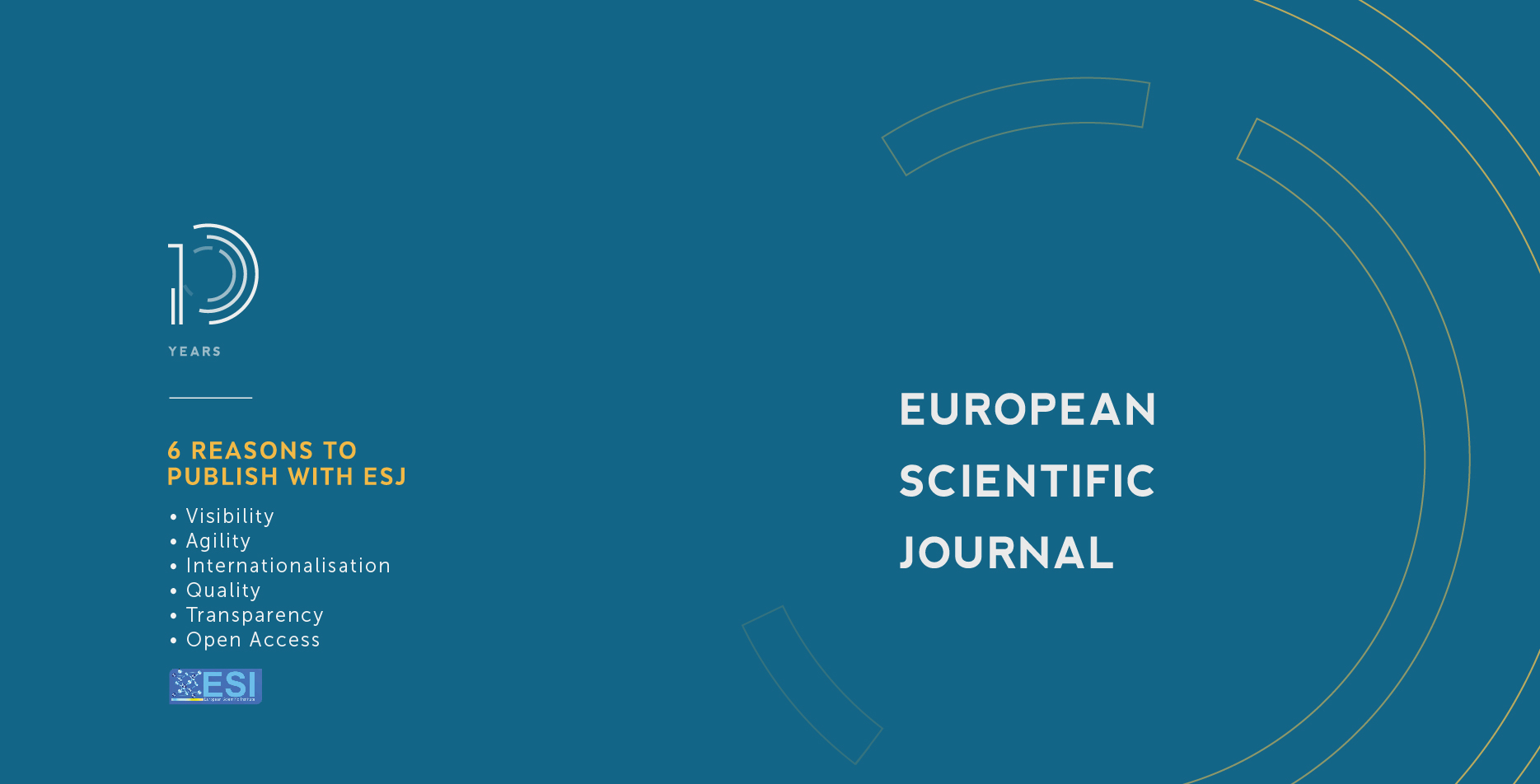Implementation of Convolutional Codes with Viterbi Decoding in Satellite Communication Link using Matlab Computational Software
Abstract
This paper describes the design of convolutional encoders encoding broadband data with coding rates (r) 3/4 and 5/6 at the transmitter, and the Viterbi decoders for the decoding of the encoded data with same coding rates at the receiver. This design uses BPSK (Binary Phase Shift Keying) modulating scheme in an AWGN (Additive White Gaussian Noise) channel in analysing the BER (Bit-error rate) performance of next generation broadband wireless access systems. The constraint length of the convolutional encoder is K=7, with number of states n=2k-1, and the design was implemented using Matlab Computational Software. The higher coding rates of the convolutional encoders were achieved using puncturing codes and de-puncturing codes for the corresponding Viterbi decoders. In satellite network design, it is vital to compliment the system design with the BER requirement of the network. Plots of BER against SNR ( ) were made for the various coding rates and for data rates of 50000 bits and 12000 bits. The results were analysed based on comparison of coding gain obtained for the different coding rates, theoretical BER and calculated BER. In this paper, Matlab simulation of the convolutional encoder and Viterbi decoder shows improved coding gain for higher data rates and data sequences.
Downloads
Metrics
PlumX Statistics
Copyright (c) 2021 Ayibapreye K. Benjamin, Collins E. Ouserigha

This work is licensed under a Creative Commons Attribution-NonCommercial-NoDerivatives 4.0 International License.








